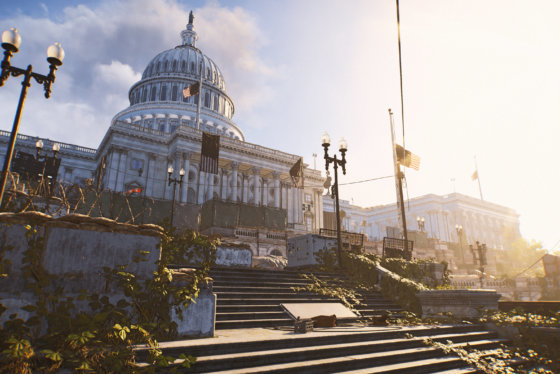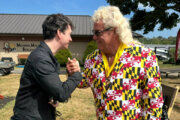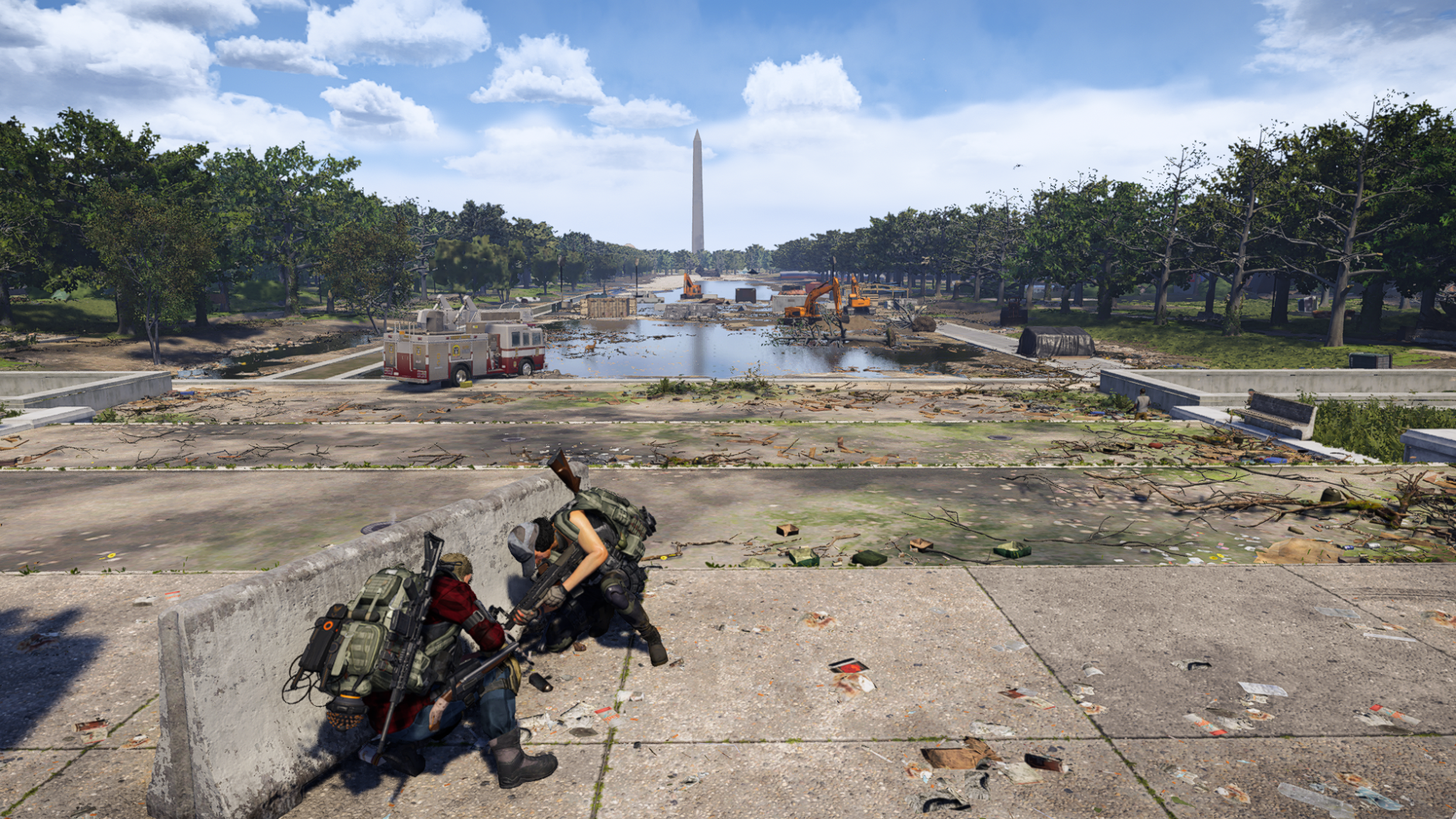
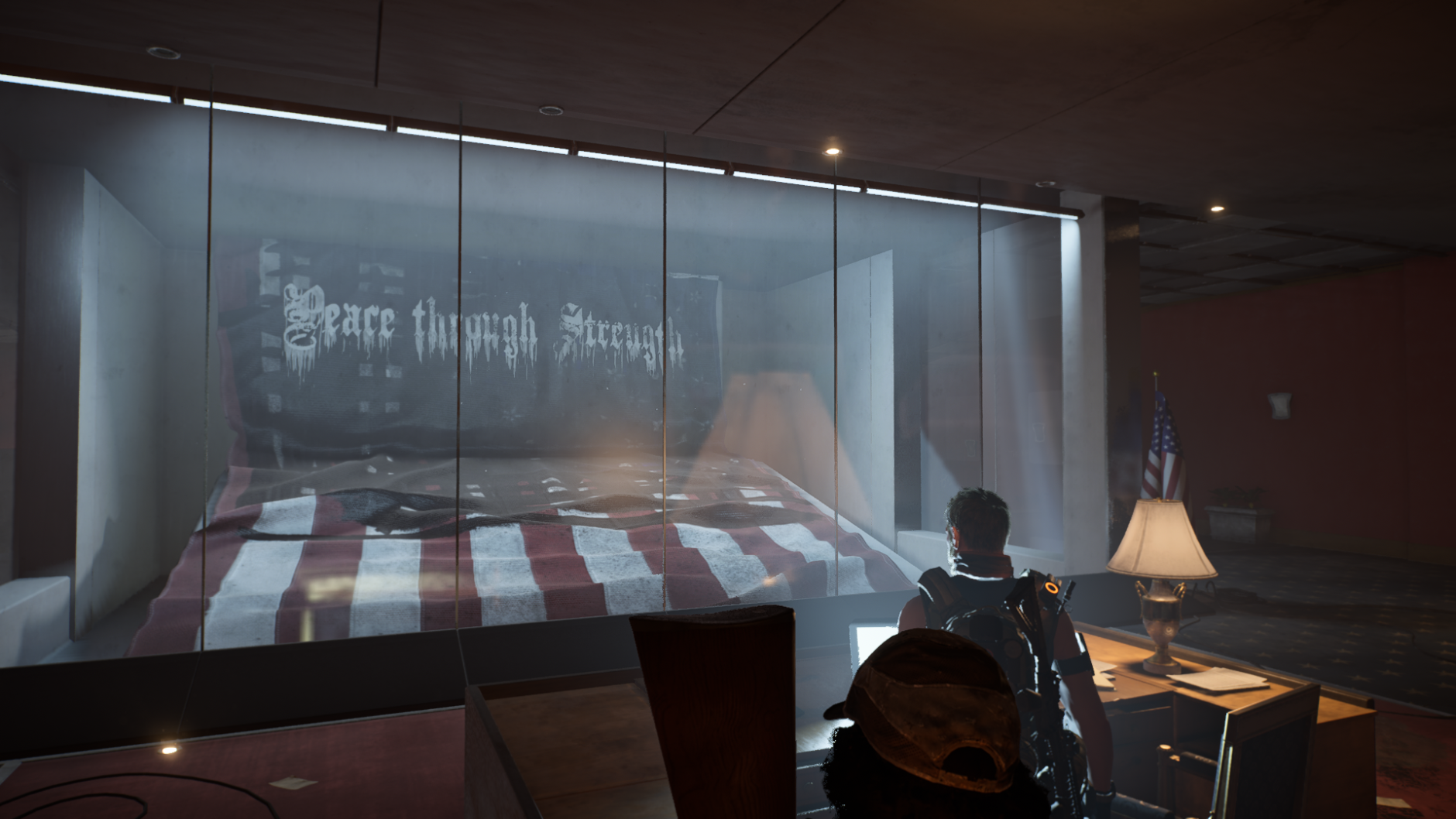
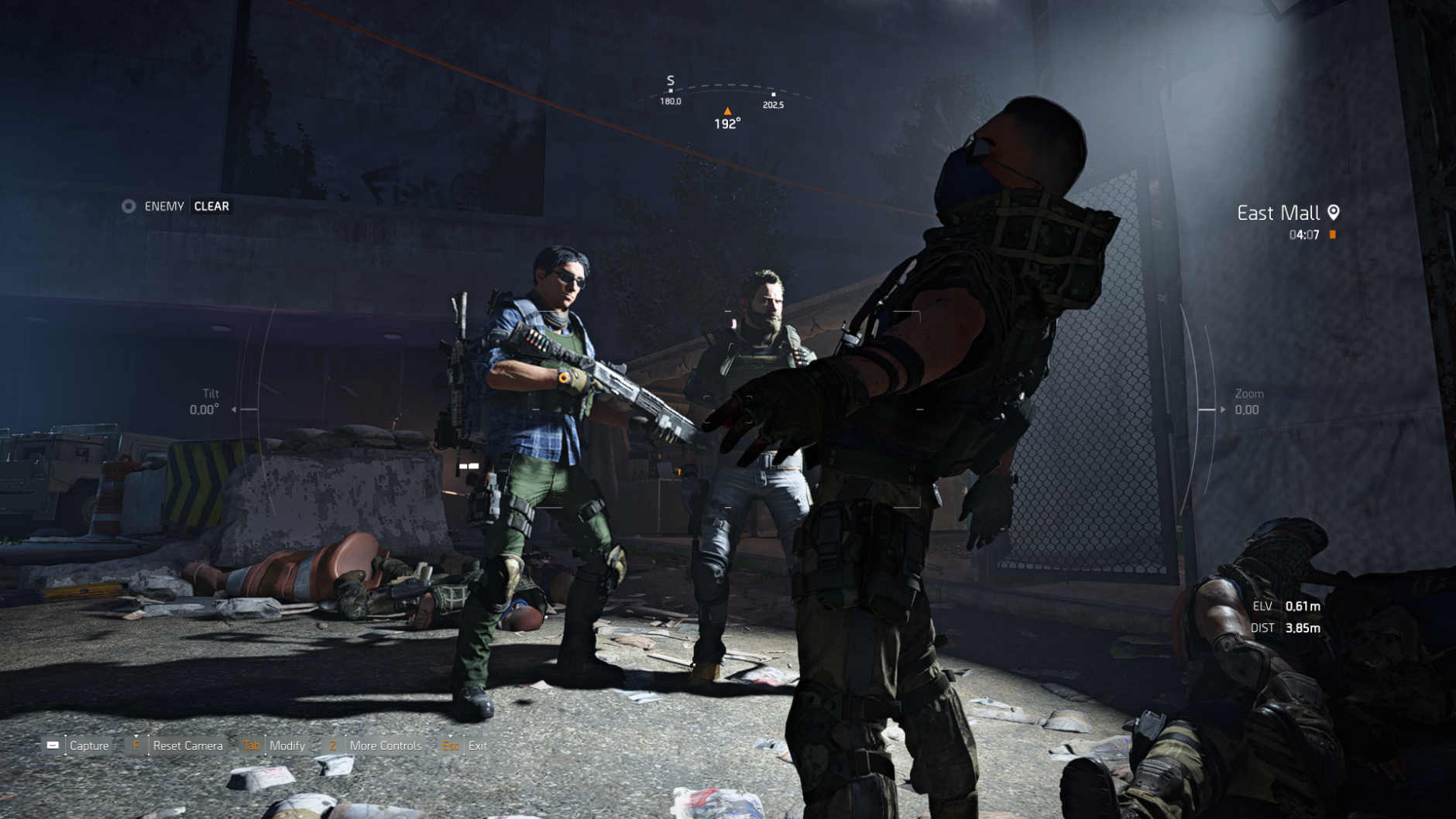
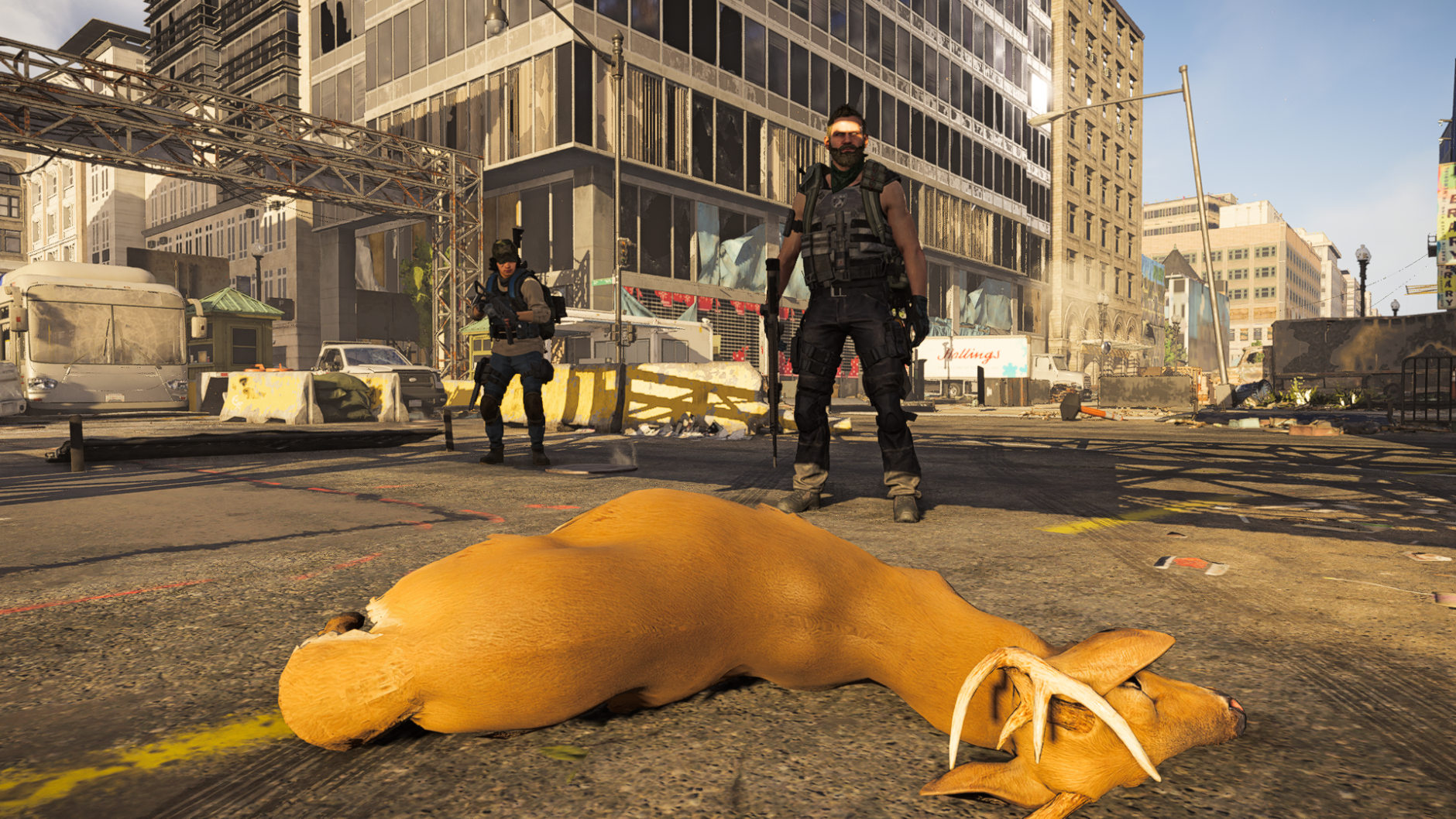

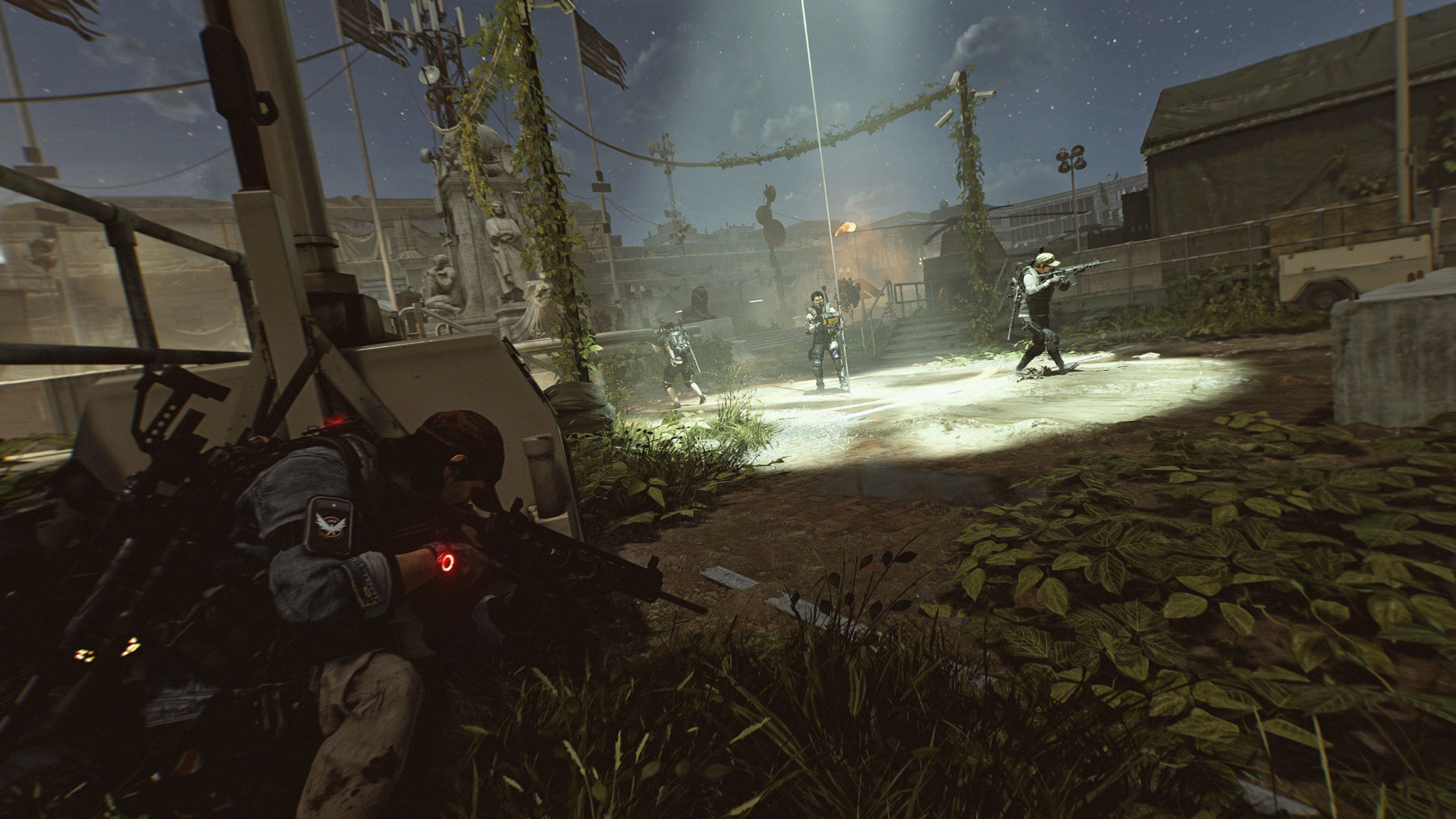
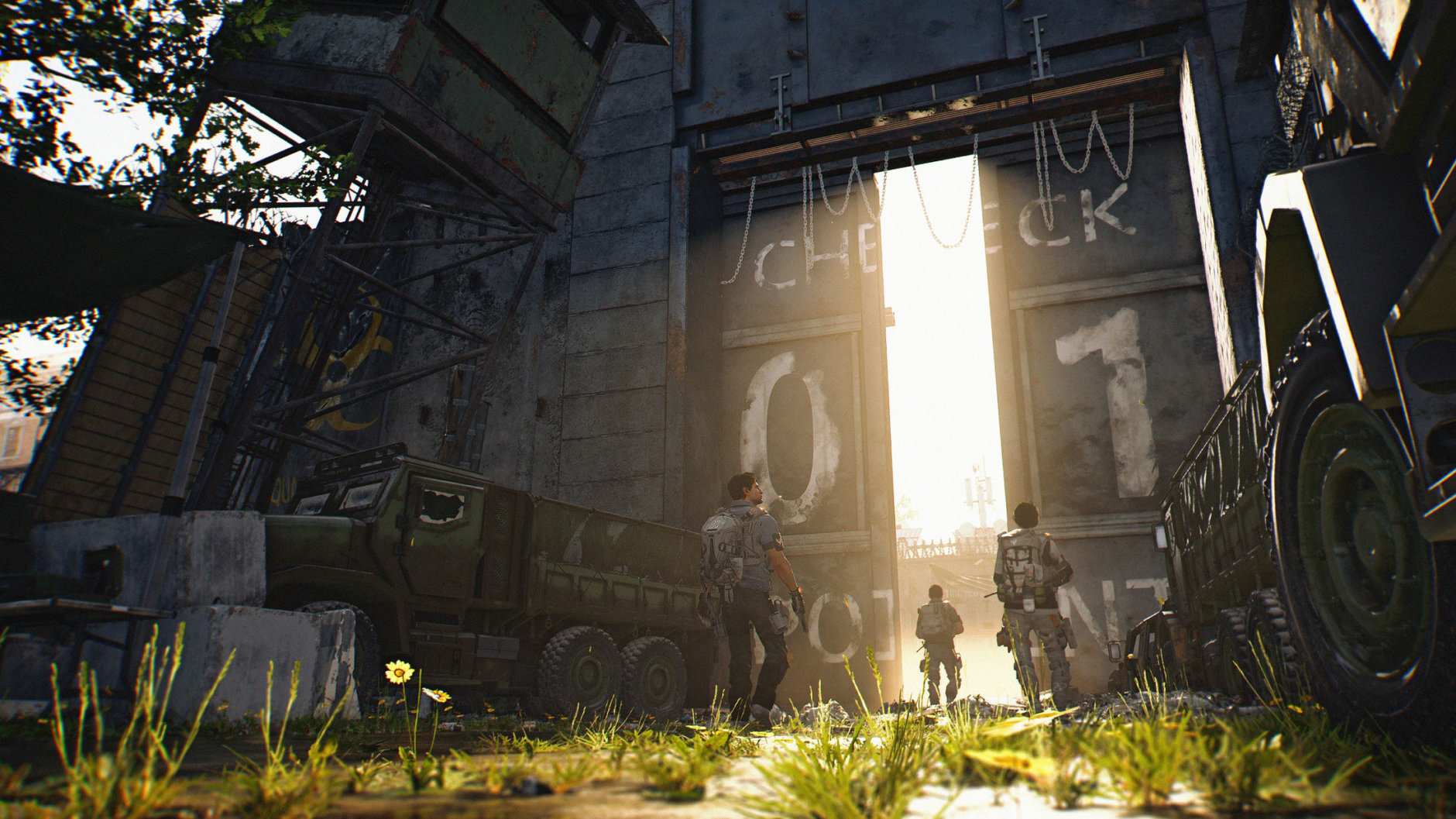
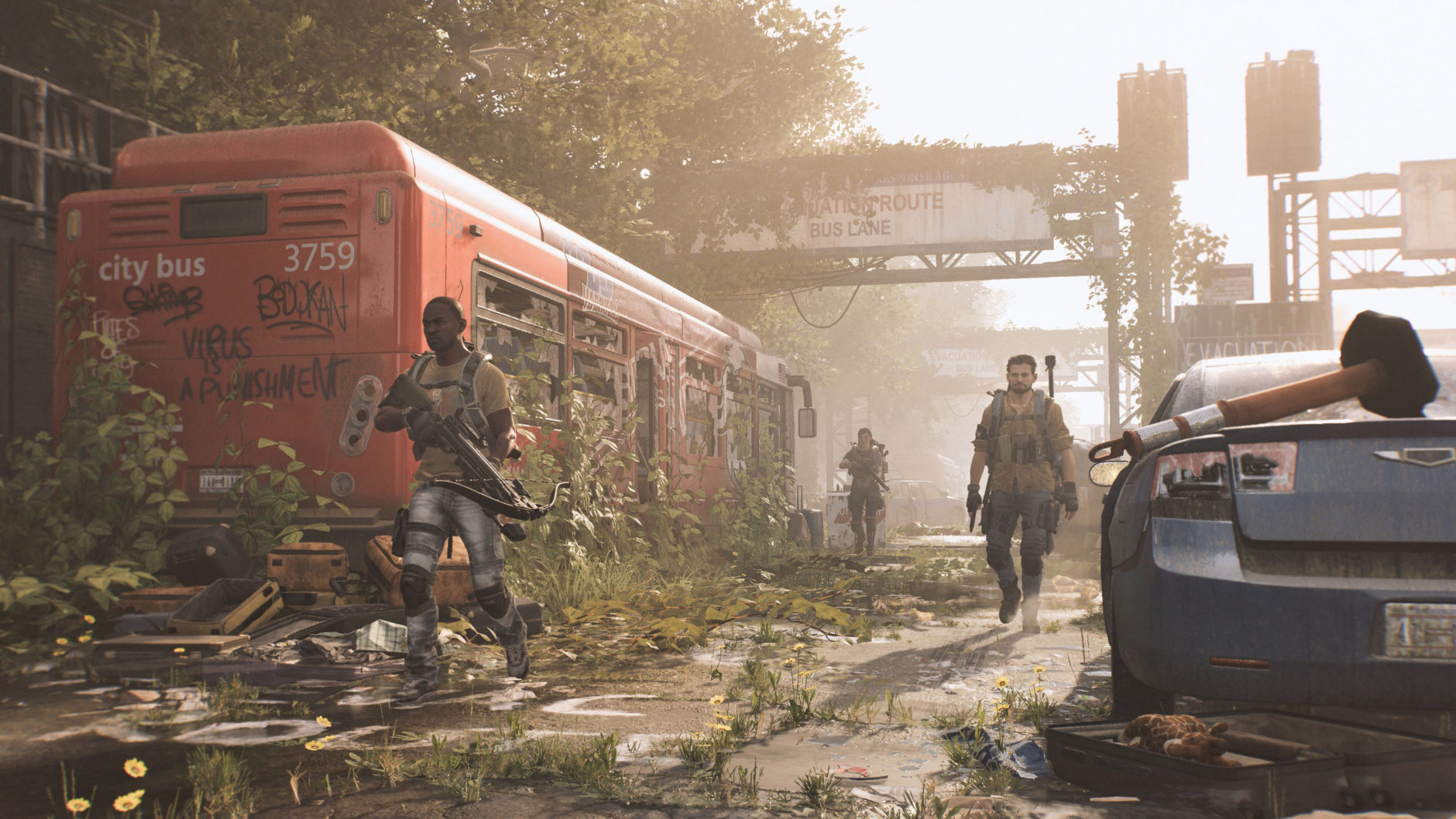

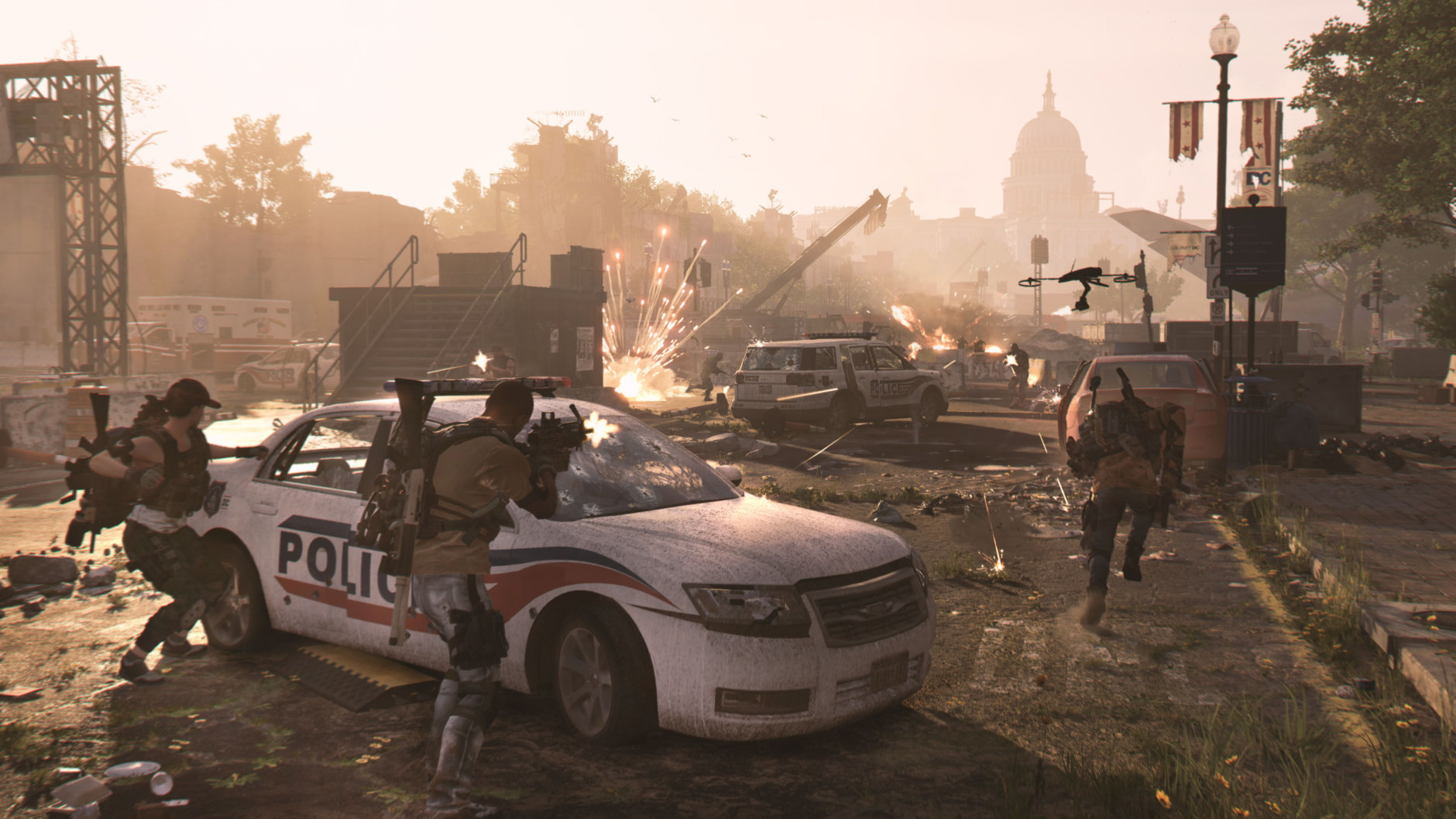
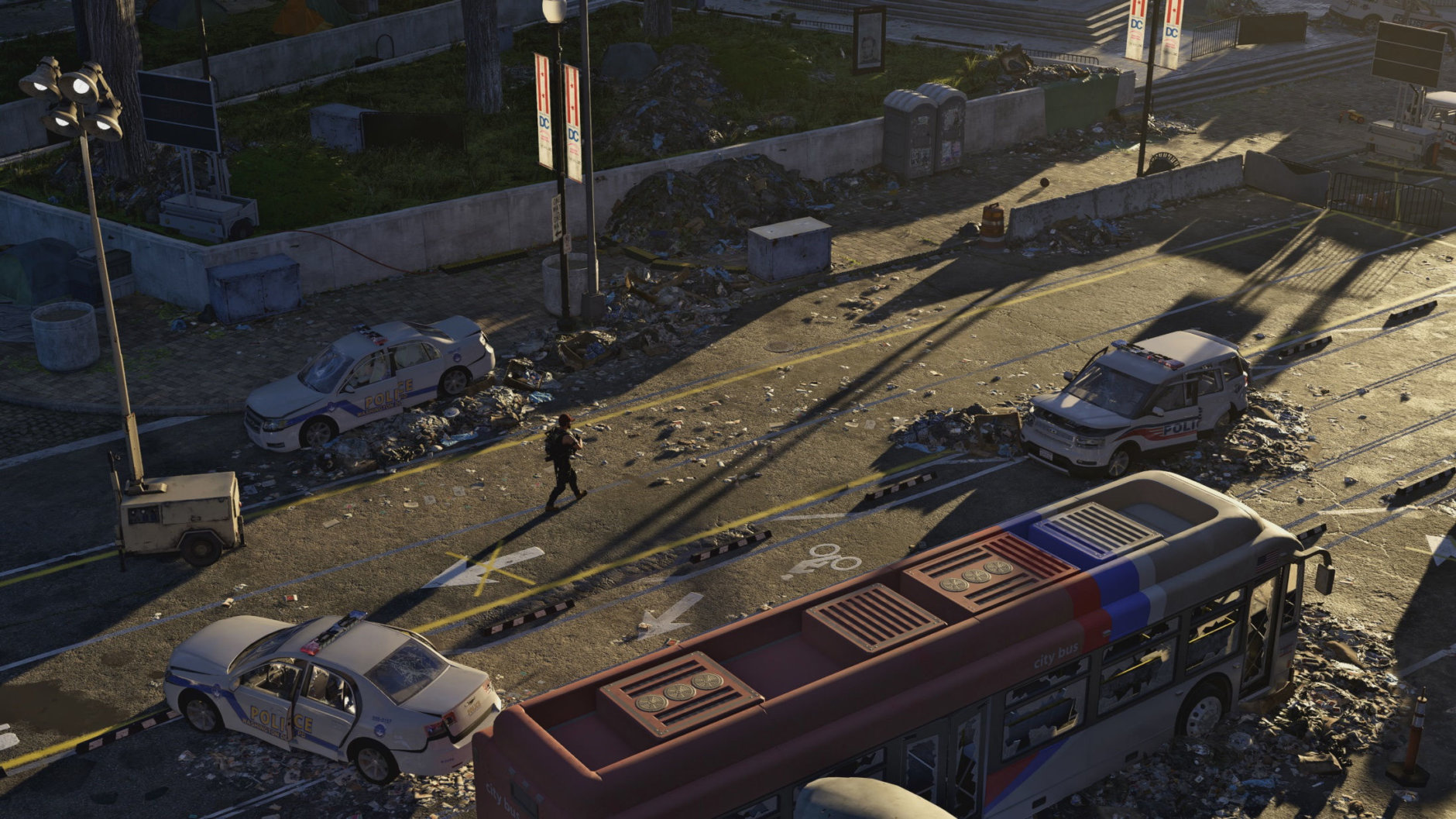
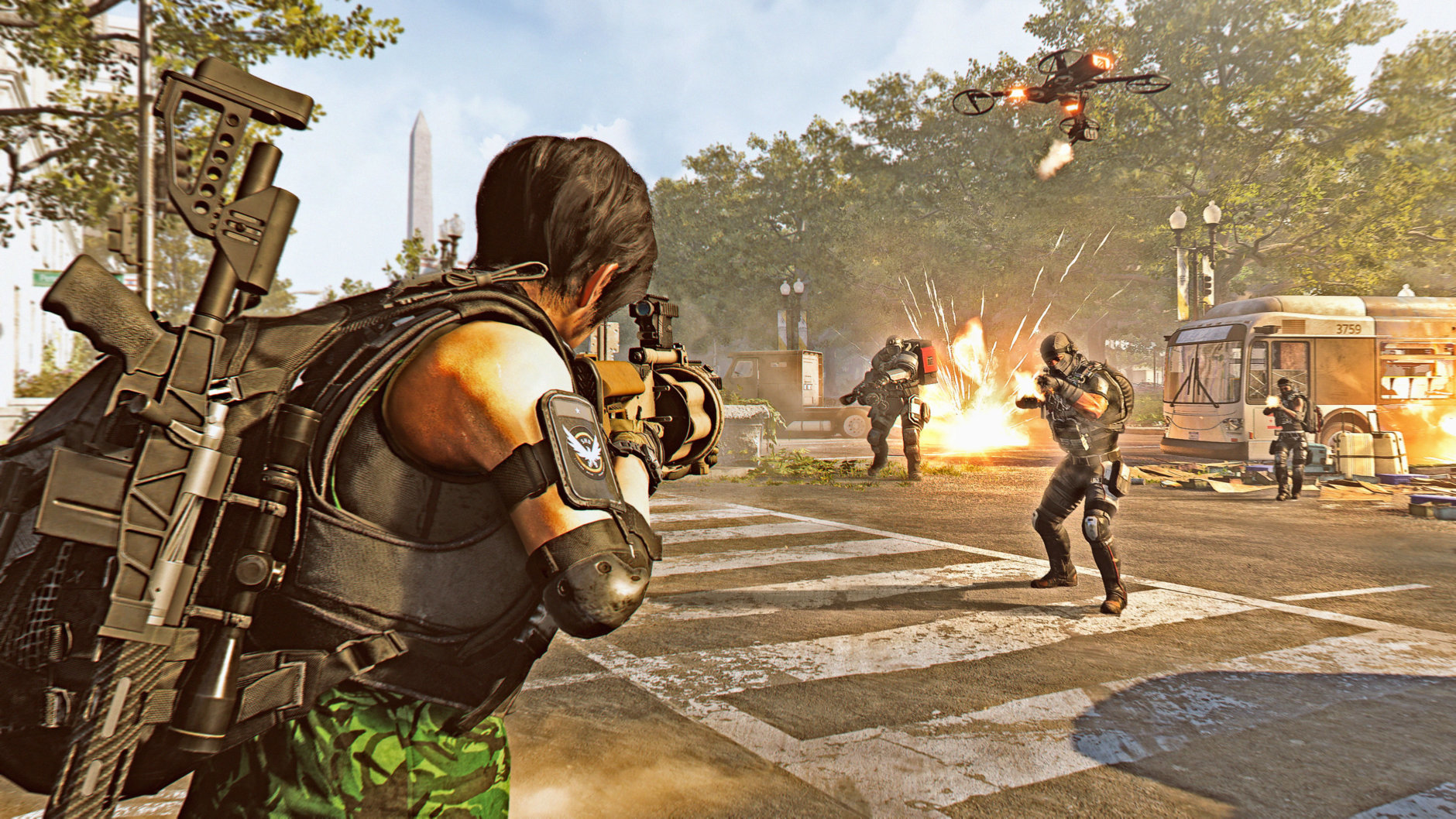
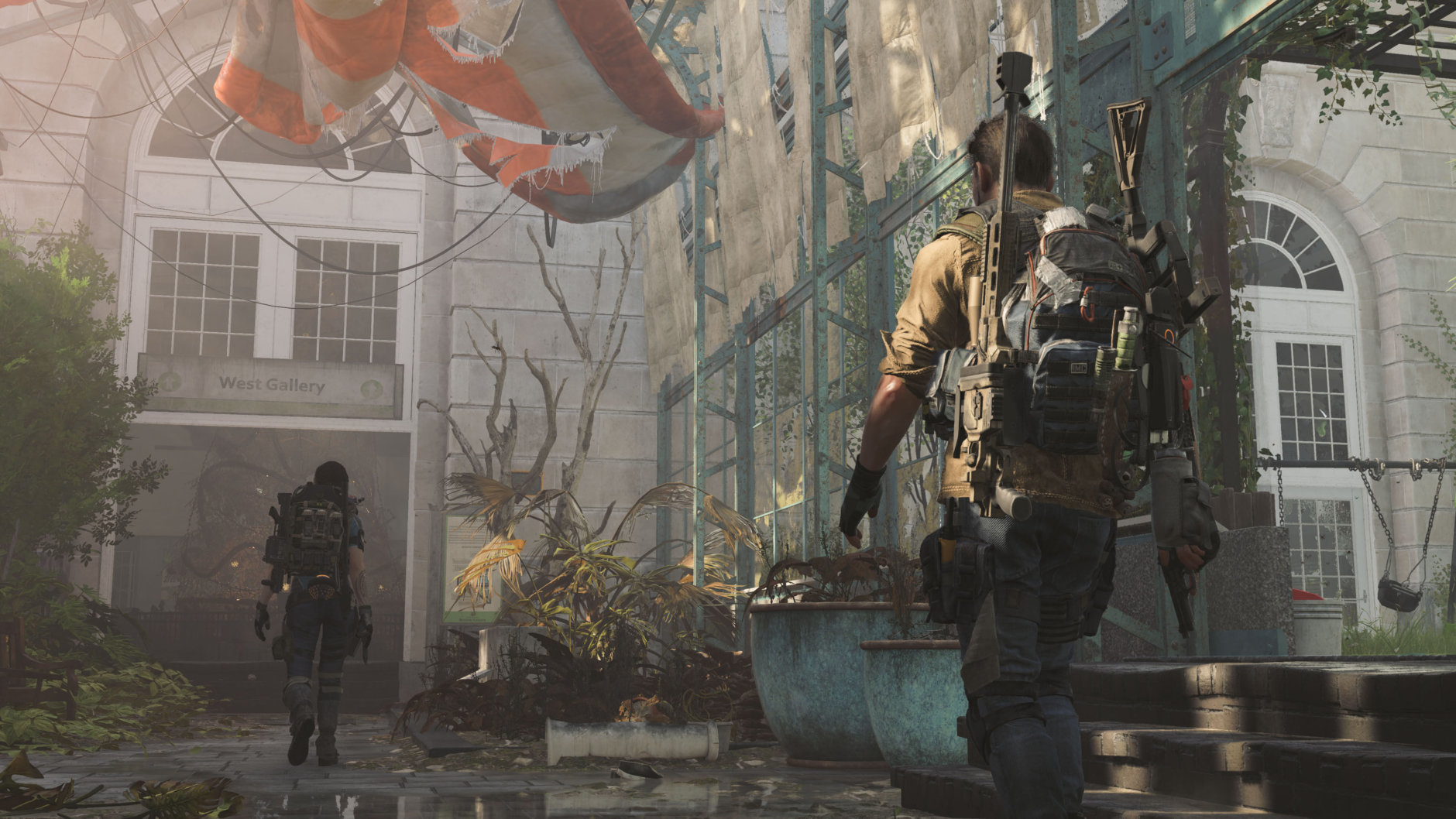
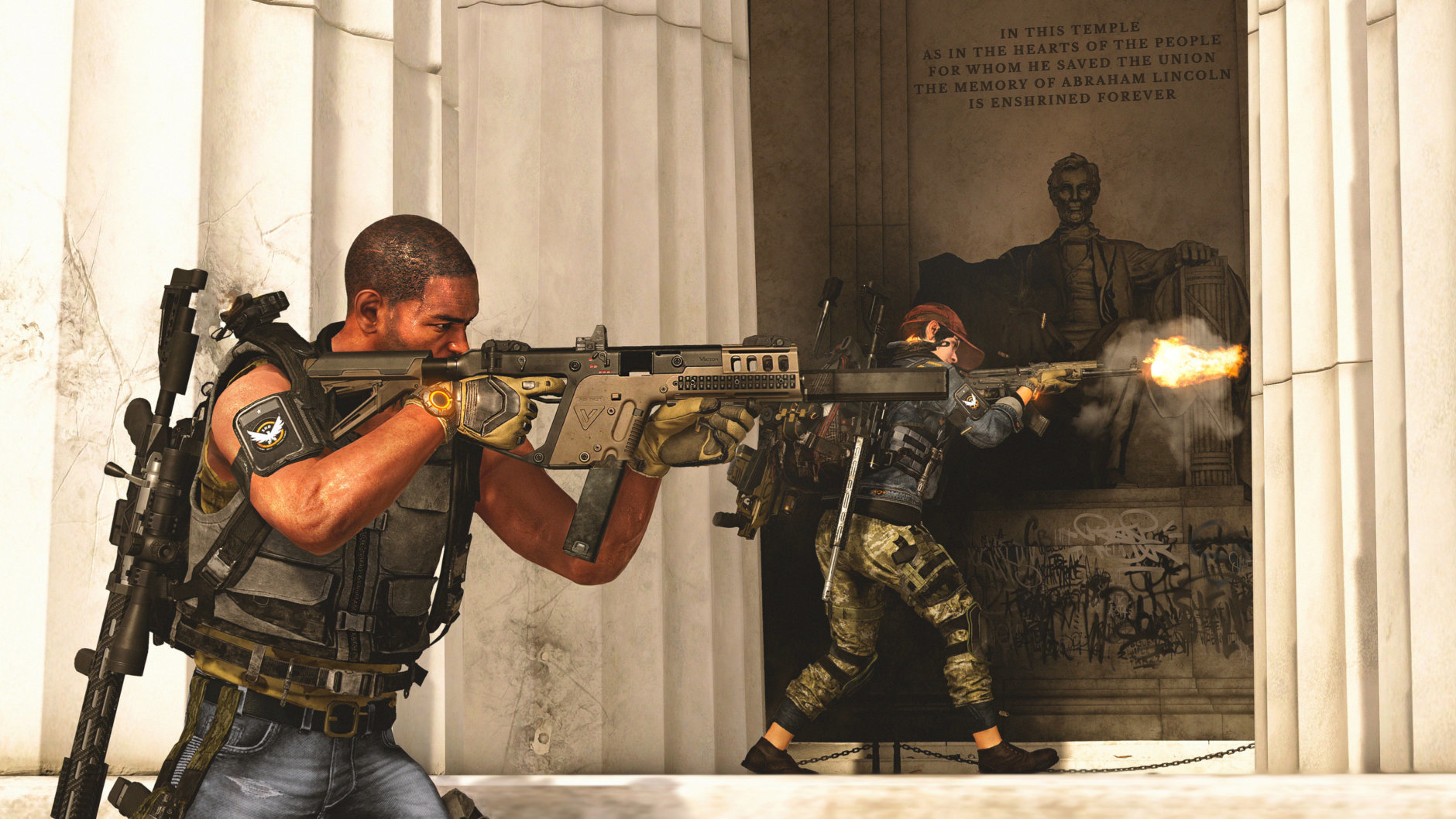
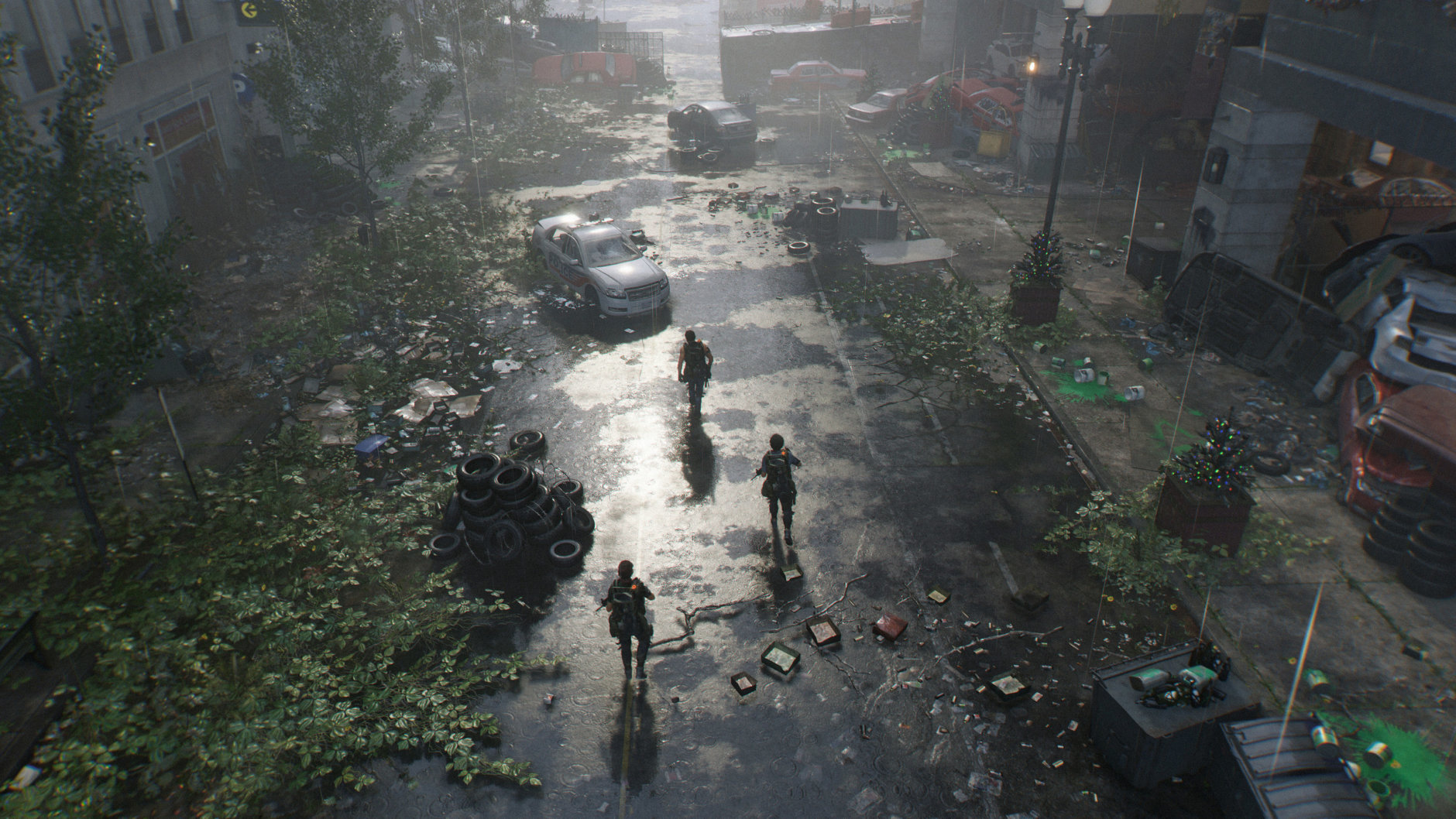
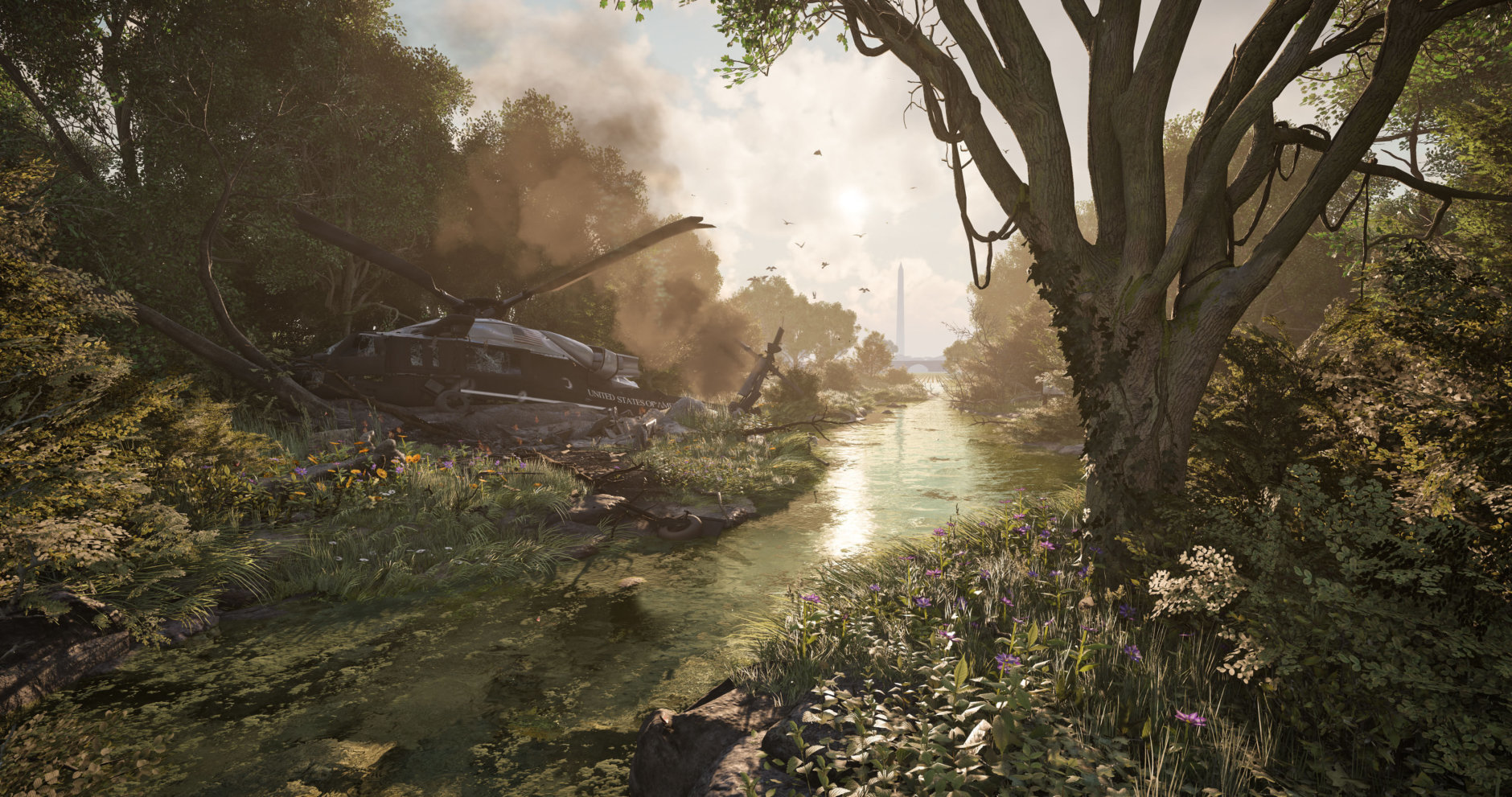

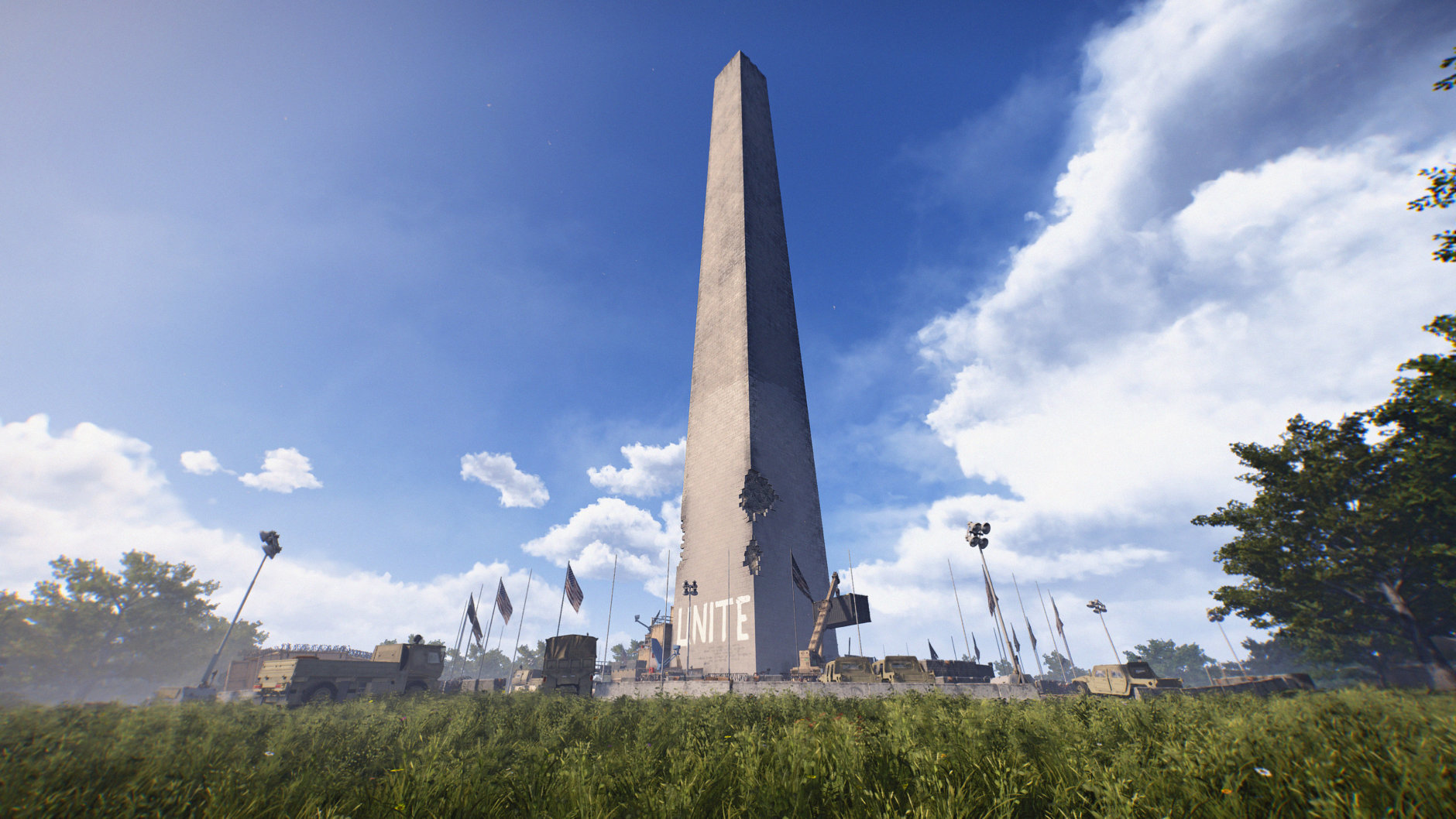
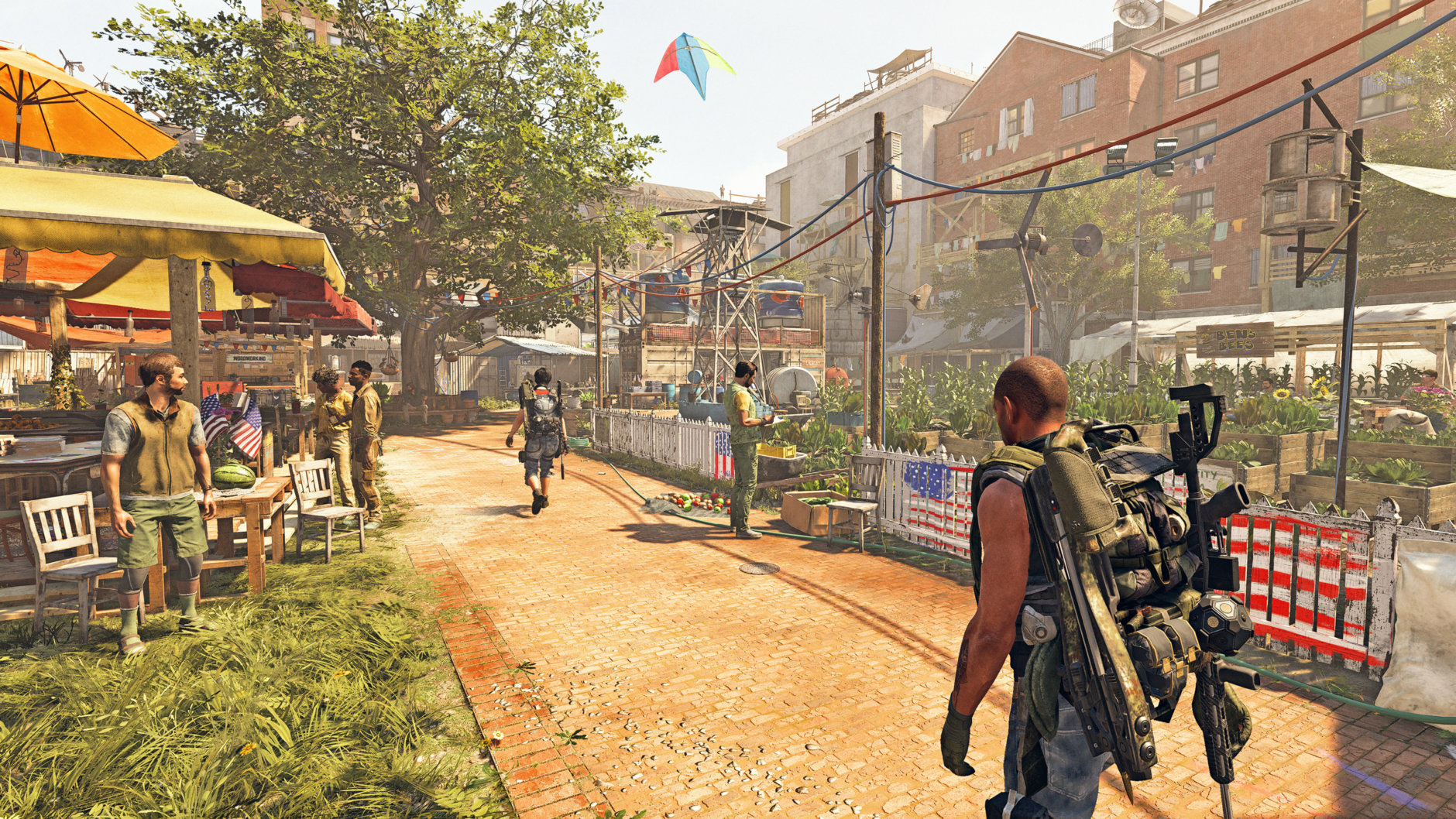
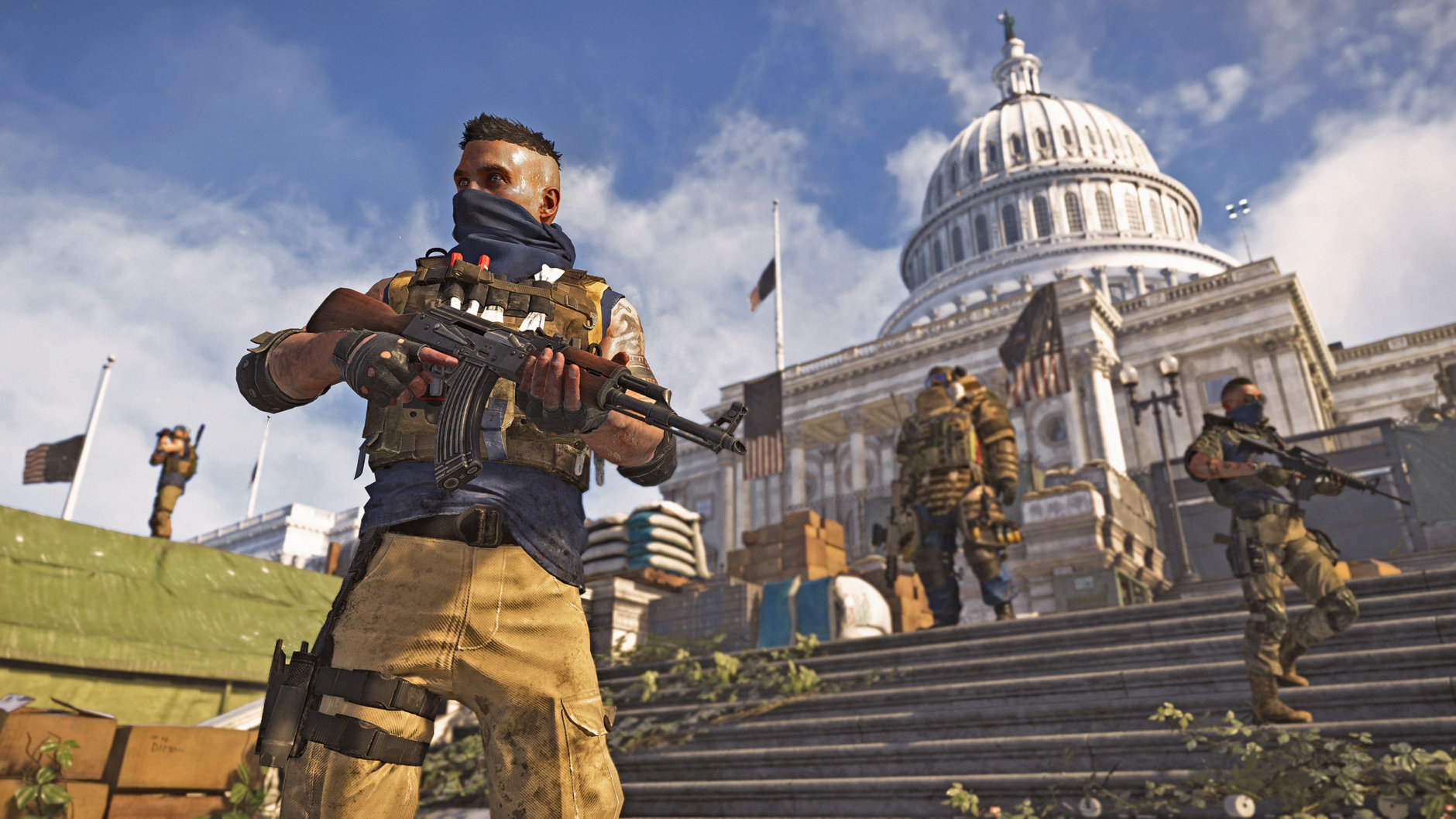
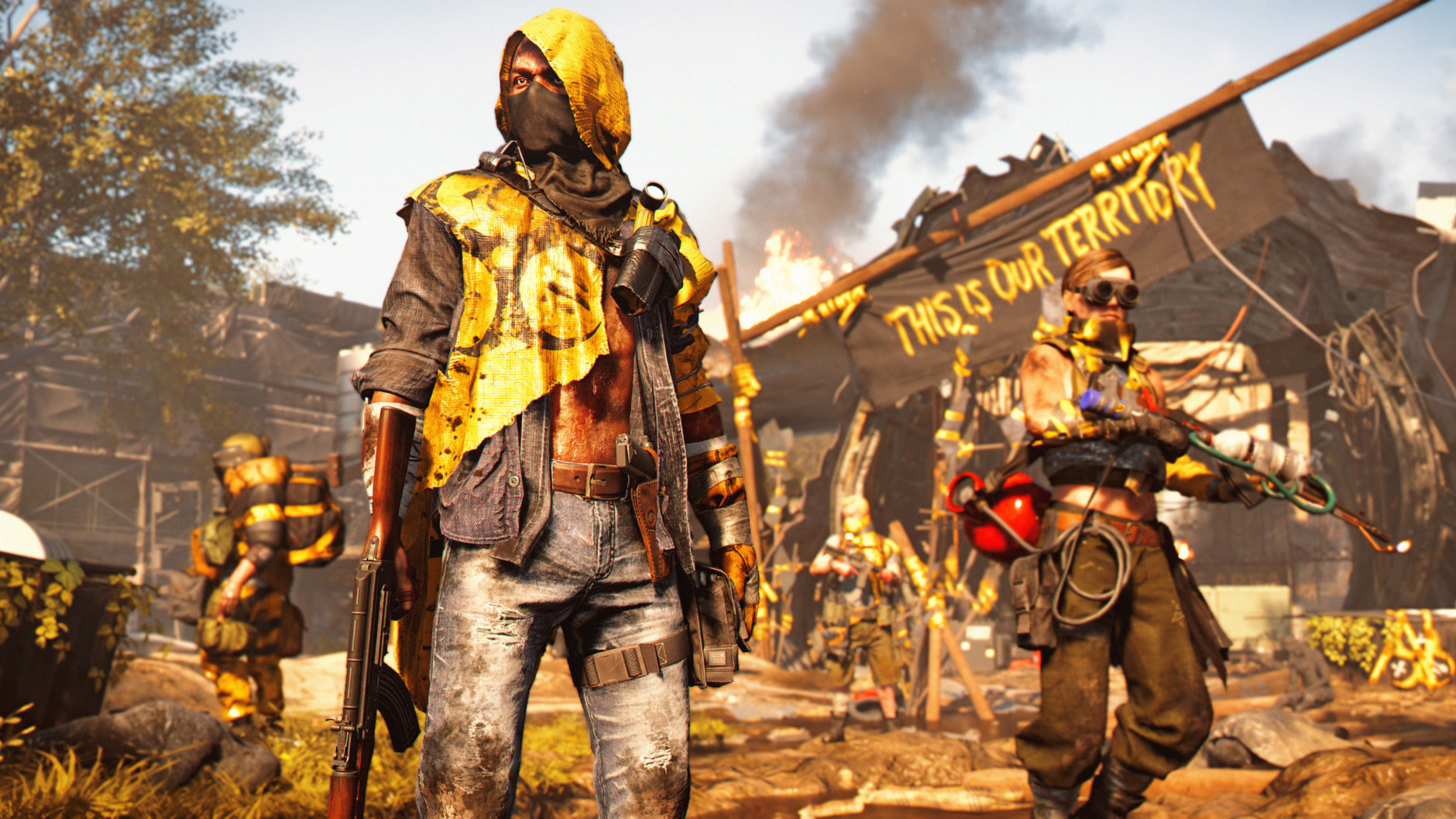
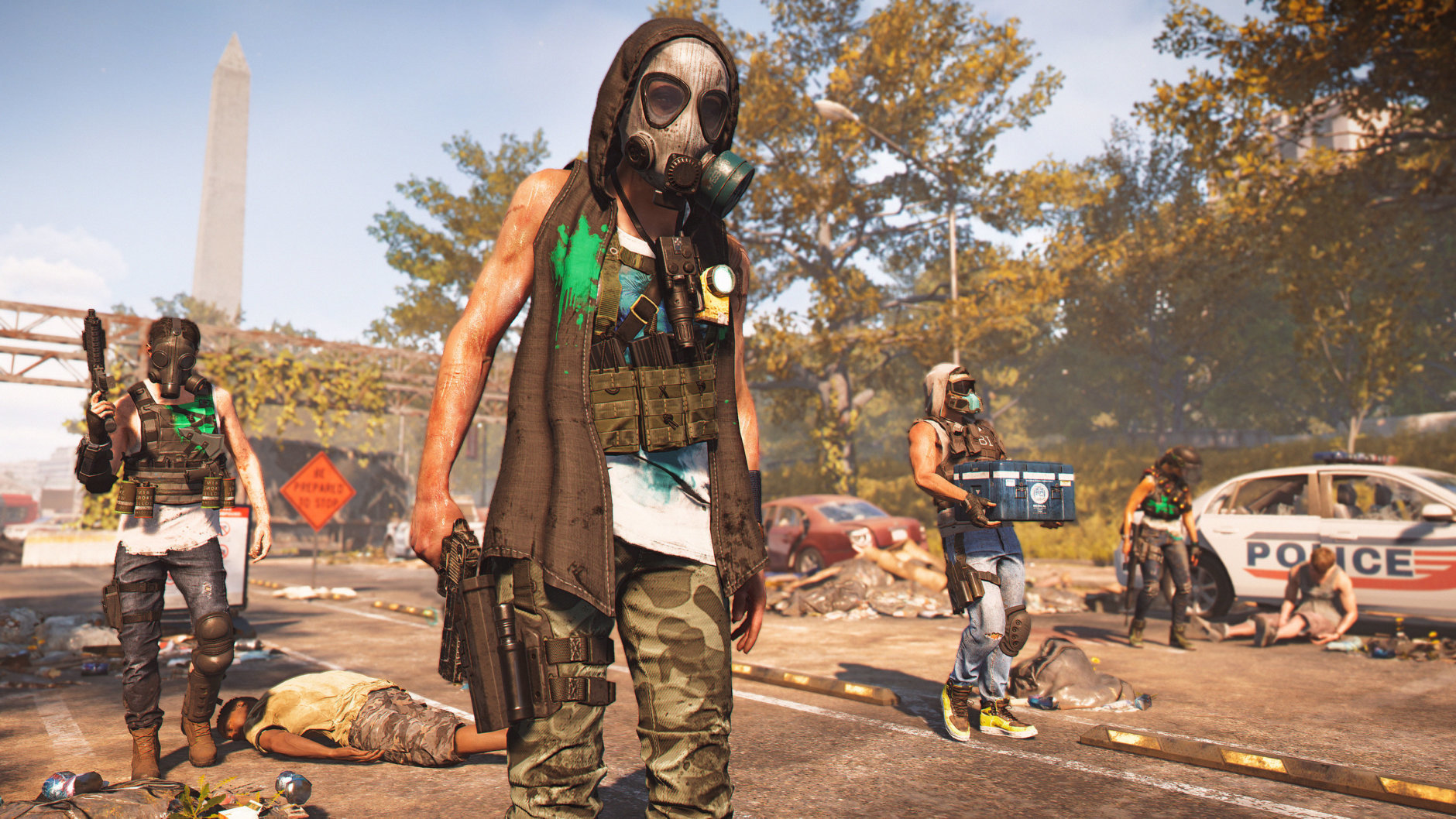
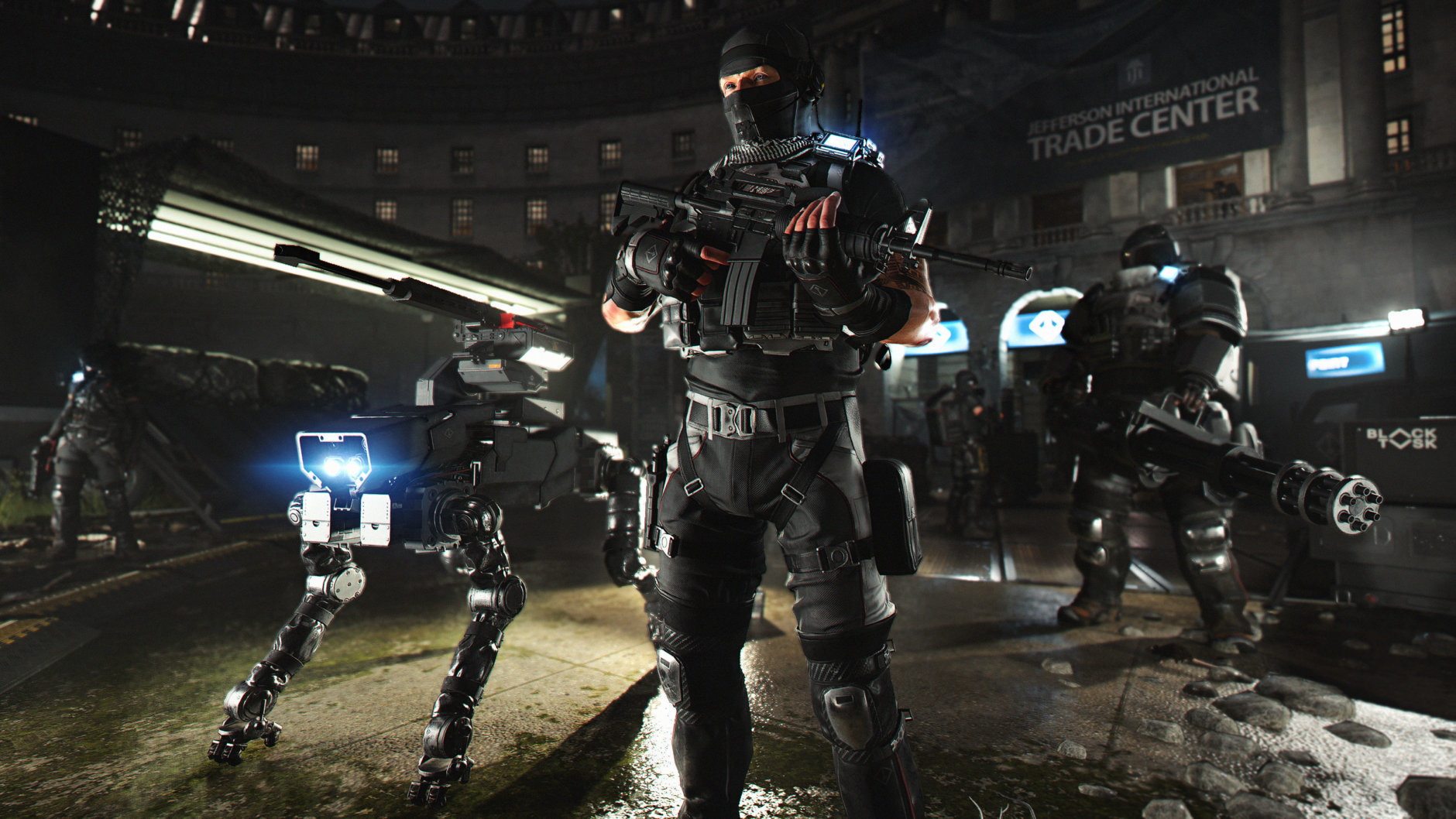
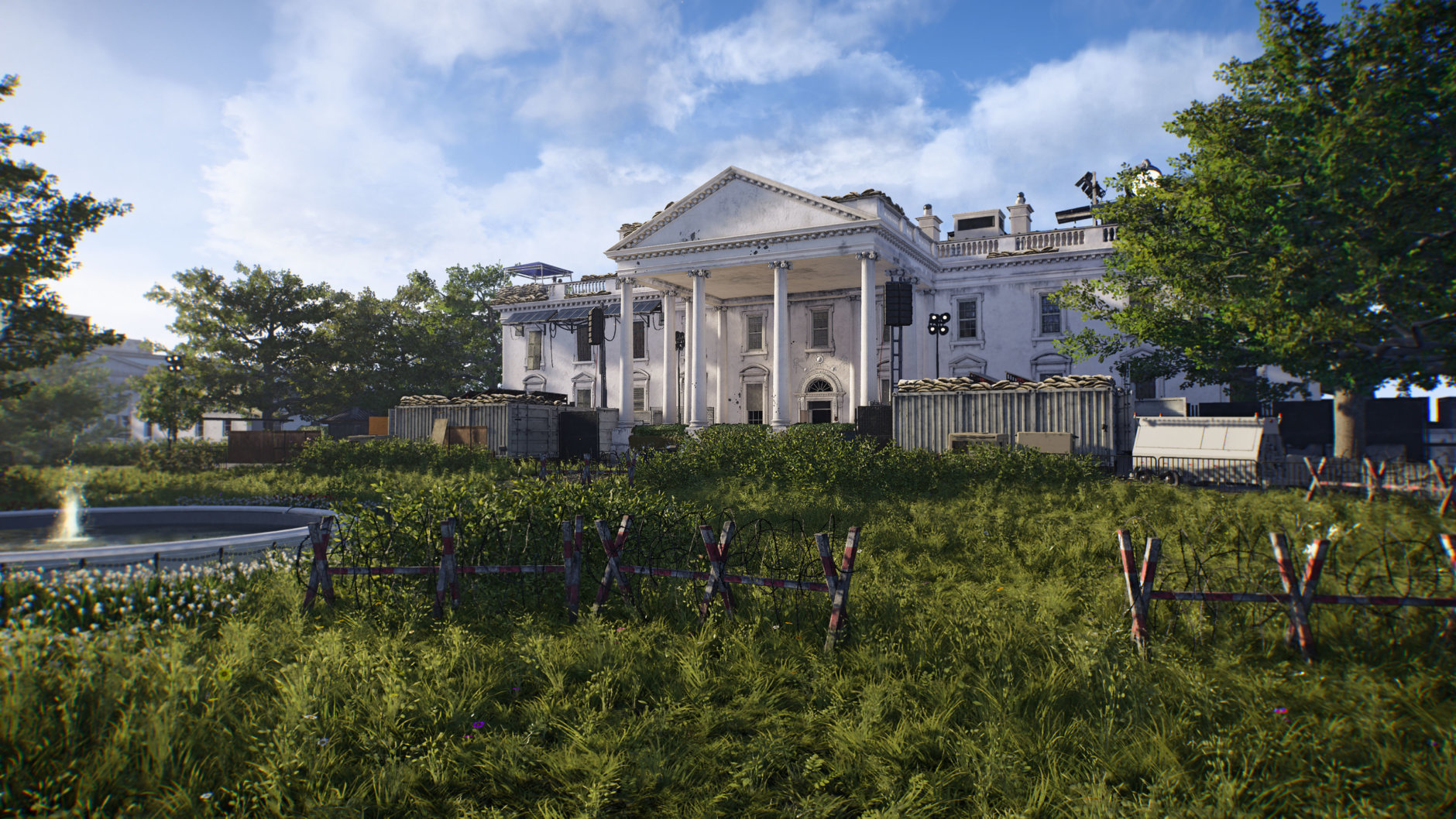
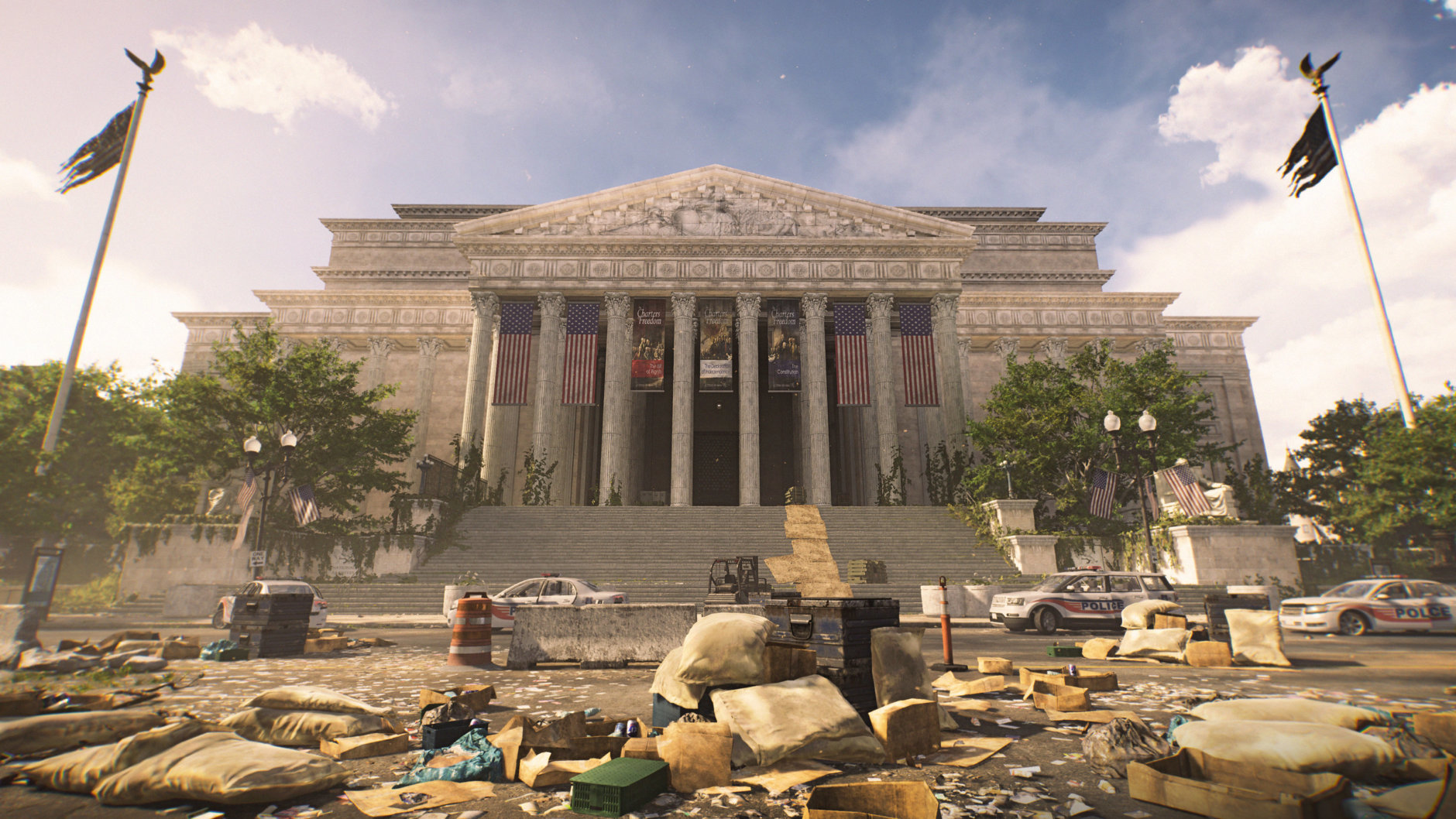
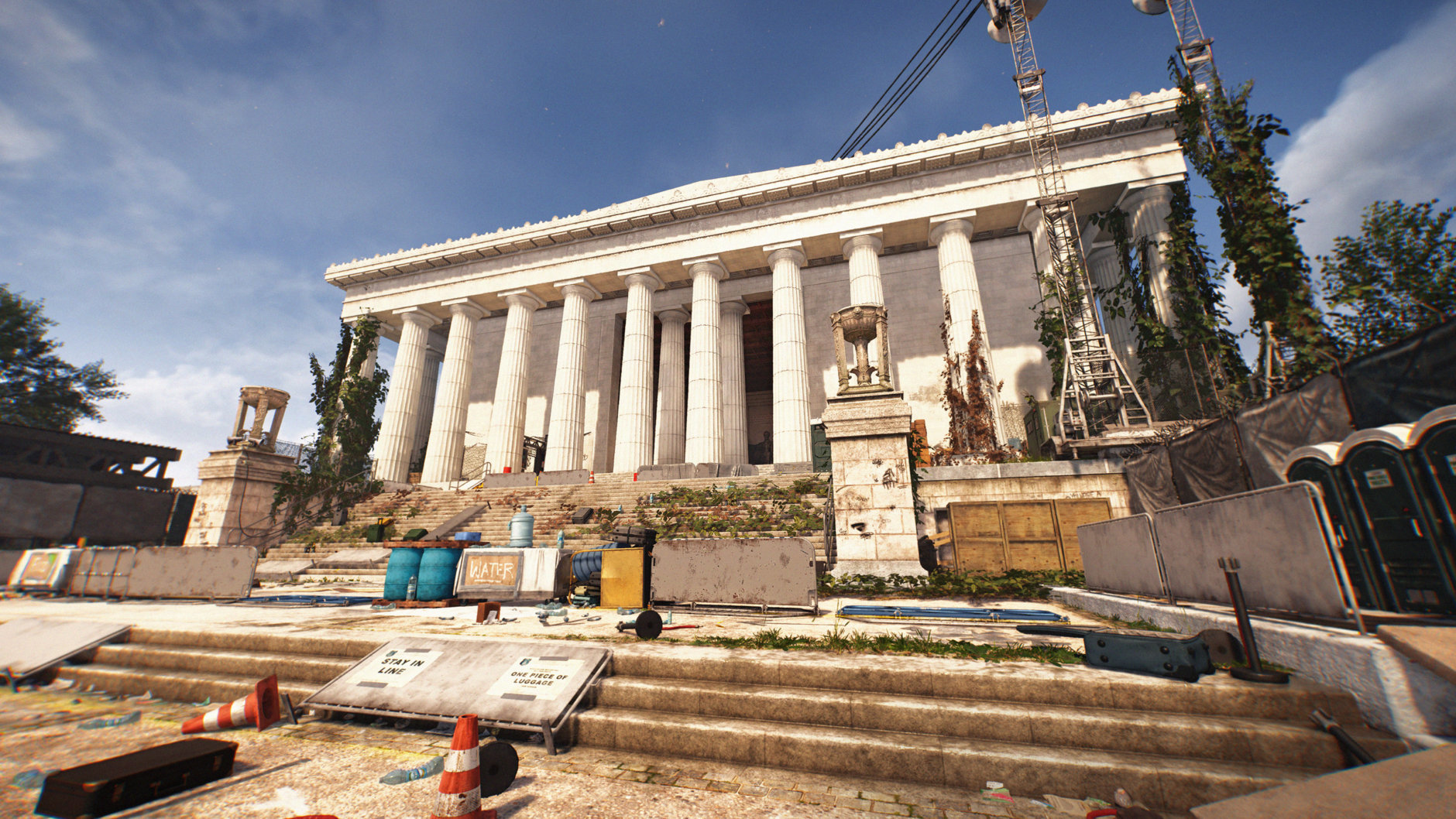
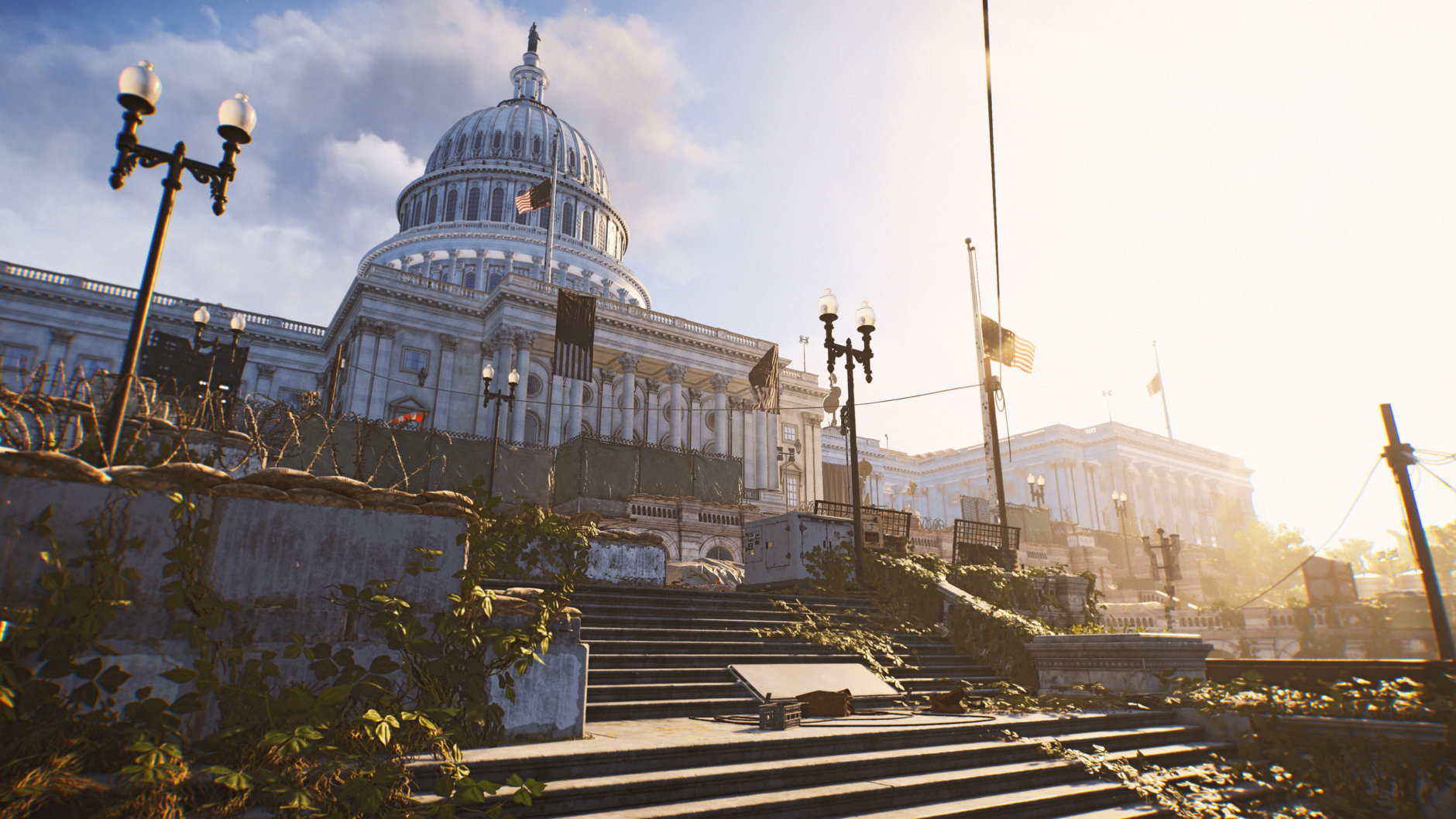
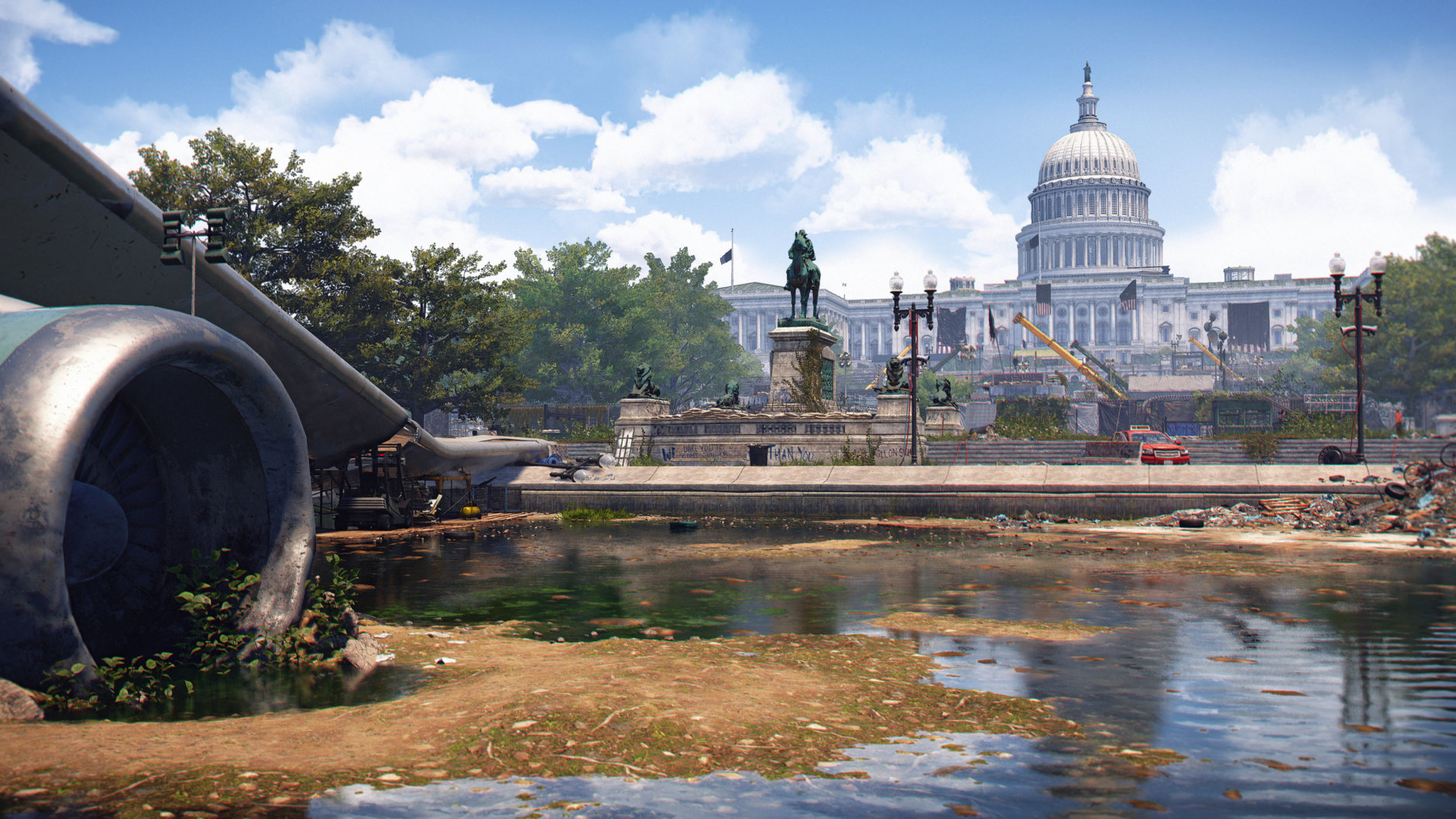
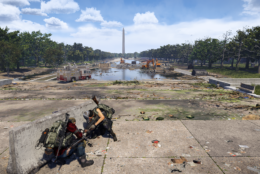
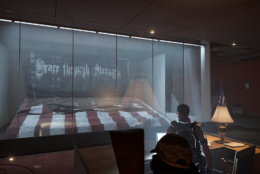
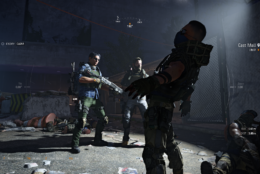
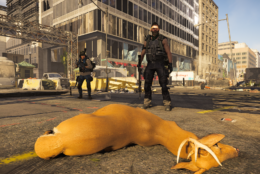

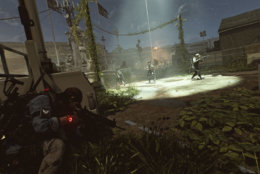
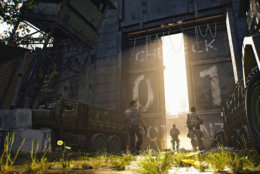
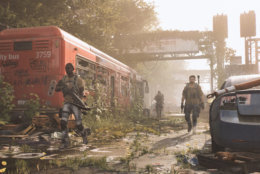
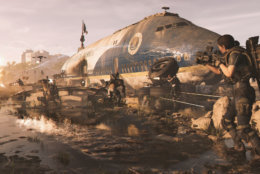
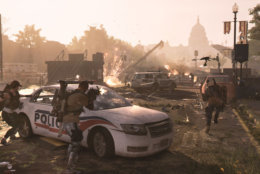
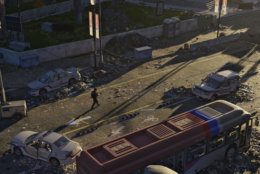
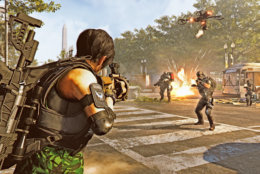

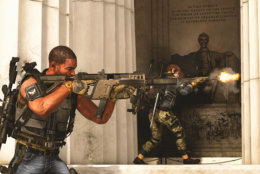
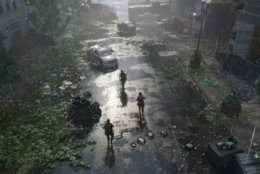
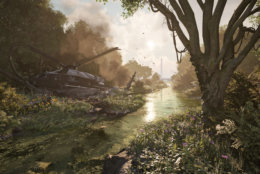
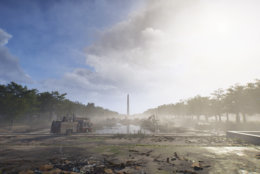
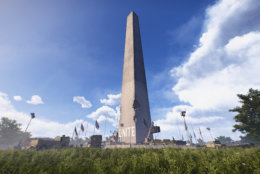
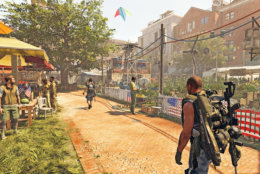
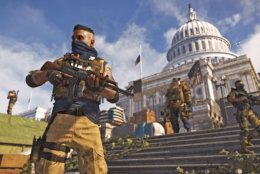
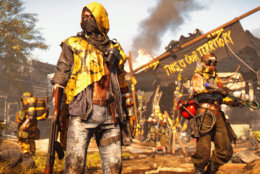

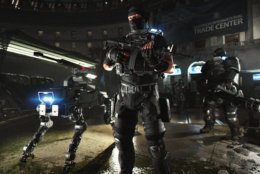
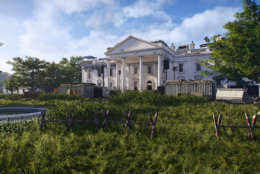
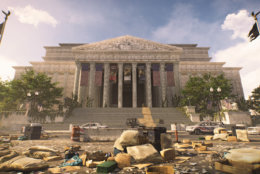
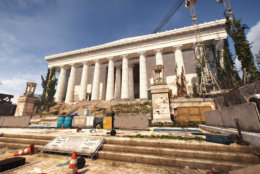
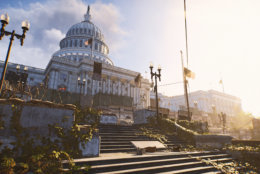
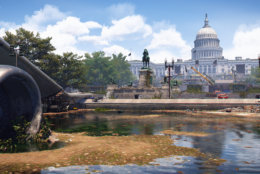
As we detailed in March, Tom Clancy’s The Division 2 goes to breathtaking lengths to recreate Washington and then have the apocalypse descend upon the city. It becomes the player’s job to save D.C.; to bring order and hope.
Sounds great. But that begs the obvious question: Is the game worth your $60?
The short answer: Heck yeah, it is.
Now let’s get into the long answer.
First, The Division 2 is a big game. It boasts more than 30 hours of content — just in the main campaign. Ubisoft speculates it’ll take most players 30-40 hours to hit max level (30).
(For the record, WTOP’s Will Vitka has 504 hours in The Division 1 … which seems troubling.)
‘Massive’ entertainment
So, as was said, it’s a big game … in pretty much every sense.
It looks, sounds and feels big, too. And the sight of D.C.’s monuments and landmarks in such an apocalyptic state is truly haunting.
Check out the map below.
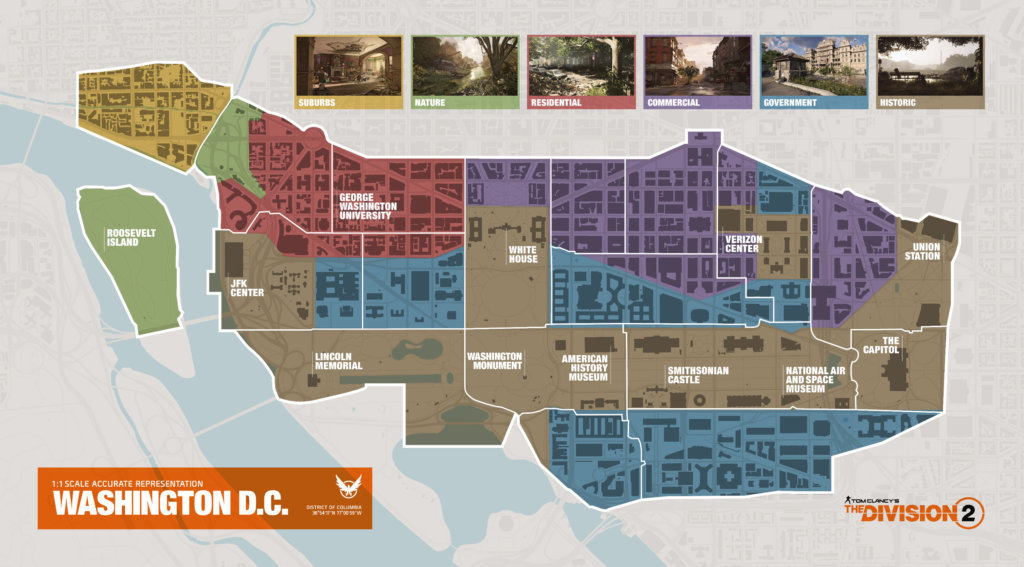
After a brief, explosive introduction, your very first mission is to fight your way up the South Lawn and secure the White House, which is under siege from a pack of vicious opportunistic criminals who revel in chaos called Hyenas — one of the game’s four enemy factions.
Once you vanquish your foes, the camera swoops dramatically, showing off a White House scorched by weapons fire and flame, surrounded by protective metal barriers and barbed and concertina wire.
1600 Pennsylvania Ave. becomes the Base of Operations.
It’s from here that you will fight to retake Washington, and experience a visual spectacle unlike any other thanks to masterful use of the Snowdrop game engine.
Once you down the last boss, you open up the endgame, which had been bandied about for weeks, possibly months, before the game’s launch. The big reason for this is that the community was (justifiably) annoyed with the lack of endgame content in The Division 1 when it launched in 2016.
As such, for Division 2, publisher Ubisoft and developer Massive Entertainment put a heck of a lot of focus on endgame content. Part of Ubisoft’s “review guide” actually said they hope it “feels like a second game built into The Division 2.” Bold words. It introduces a slew of game-changers: Specializations, gear score, world tiers and the fearsome, high-tech Black Tusk enemies.
Also slated for release over the course of the game’s first year are three new episodes of content that will take players outside the District in Episode 1 (summer), to the Pentagon in Episode 2 (autumn) and an as-yet-unrevealed location in Episode 3 (winter). All three episodes will be free to all players, but those with the Year 1 Pass get early access.
The Division 2 is a visually stunning apocalypse
As you make your way through the destroyed District, you’ll meet the other enemy factions: Outcasts, who seek revenge after forced quarantine; the True Sons, a rogue paramilitary group bent on dominating D.C.; and a secretive military organization called the Black Tusks, which you won’t see until the endgame, and who pose the biggest threat to the player.
Variety is one of The Division 2’s core strengths. Yes, it’s a cover-based 3rd-person (over the character’s shoulder) loot shooter. You’re not going to be debating your enemies at a town hall or trying to pass a key Congressional vote in order to save D.C. You’re going to be killing digital fiends and stealing their stuff. That’s a given. But thanks to the mission design — be it running and gunning through a rooftop garden or duking it out at the Air and Space Museum — it stays fresh.
With one exception.
There’s an overreliance on having players capture a point and then defend it against waves of enemies until the bad guys’ ranks are thoroughly depleted, then, predictably, you face a boss. There’s a wash, rinse, repeat aspect to missions that gets repetitive.
As you increase in level and gain more skills, the difficulty of the game rises too, but the repetition continues. Instead of enemies coming from one directions, they start surrounding you — but not much else changes.
Thankfully, the way the game doles out gear and rewards makes it addictive enough that you’ll keep playing. Since you’re constantly looking for better equipment, the game hurls loot at you in vast quantities. There’s almost always something useful or has bigger stat numbers to be picked up after each encounter — which is another marked change from the first game.
Ubisoft and Massively have listened to the community and, for the most part, implemented changes the userbase wanted.
Enemies are no longer insane bullet sponges (though having more baddies with less health would be a welcome refinement). They have armor plating that can be destroyed — just like yours — and once you pop off a plate, you can keep hammering that weak spot to speed up the murder process.
Mods for your weaponry no longer take up a zillion inventory slots, because they’re no longer inventory items. Instead, they’re unlocked through progression, and once unlocked can be attached to any number of guns.
The three Dark Zones (the game’s primary PVP areas) have been reworked to include normalization (that normalization, or scaling up of lower-level players, is also present in co-op, where everyone gets brought up to a more-or-less equal playing field, though the system is far from perfect) for newer players, intro missions and safe areas while also including “occupied” Dark Zone events that remove all restrictions.
And they say they’ve taken steps to deal with cheating and toxicity.
It’s everything a fan would want from the sequel to one of gaming’s biggest new franchises.
Except for the story, which we really can’t say much about … since there isn’t one that makes much of an impact from a narrative standpoint. That sounds harsh, but a beginning-to-end narrative isn’t the focus of the game. The overall story is just thin and flat. It’s disappointing.
We miss Rick Valassi … sorta
You can piece together elements of “what happened” by finding scattered audio missives and “echoes” from the recent past. These provide clues but do not create a cohesive, detailed narrative and can easily be missed by players who want to keep it moving.
So, while the narrative is lacking, the world-building is amazing.
The political nudges seem to be everywhere in this destroyed nation’s capital, but Ubisoft Massive has stated that there is no direct message at play here. It’s hard to keep separate while walking through ominously graffitied streets, and even more so when audio clues directly mention Russian-presidential involvement.
Like any work of art, a gaming experience is what you make of it. You can absolutely choose to plow your way across downtown, and you can also find yourself stopping to fend off Hyenas attacking a group of survivors.
Those survivors are part of what keeps the nebulous storyline afloat, as players are compelled to gather supplies and resources for various settlements. You’ll see the Base of Operations and settlements blossom under your care, as tasks are completed in and out of story missions.
Going solo is a challenge — and sometimes even lonely when you’re wandering a familiar city, destroyed. Control points and missions can be punishing on your own, and you can only depend on that trustee turret (or whatever skills you go with) for so much. The game is, of course, best played as a group. Answering calls from random players in need can lead to surprising encounters, where you’re dropped into the middle of an unfolding conflict.
And yet the core mechanics of the game, like its environmental design are so solid, so good, so entertaining that I can overlook that issue and give the game a full-throated endorsement.
The game has its share of bugs, though there are far fewer than when Division 1 came out. One particularly annoying glitch occurs in co-op (the best way to play the game). Sometimes, when party members fast travel, they end up somewhere other than intended. Or they don’t go anywhere at all.
Also, simply moving your character within the game is not always smooth — especially during combat, when you need the game to respond to your key commands the most.
All enemies are fought from behind cover: abandoned cars, mounds of trash and tires, fences and even overturned port-a-potties. As you increase in level, and enemy reinforcements can surprise you by attacking from behind, requiring quick thinking — where can you hide next and take the least amount of damage?
That keeps combat from becoming too mundane because at the start of every fight, you have to be thinking a step ahead without knowing exactly what to expect. So, what’s the problem? Moving from cover to cover is nowhere near as smooth as it should be.
At its worst, an attempt to run out from behind a short wall to reach better cover ended up with Reem’s character climbing on top of the only barrier that stood between her and video game death. Your best bet is to move slowly and deliberately (none of the panicky button mashing that makes Mortal Kombat so fun), and that can be difficult to do in an intense battle.
For a city that’s been thoroughly trashed, D.C. seems very much alive. Unlike the lonely, wintry hellscape of New York City in the previous game, Washington is rife with survivors scrambling to rebuild civilization.
And as in real life, nature surrounds and overwhelms all the city’s concrete and steel. Grass grows wild on the White House lawns. Vines wrap themselves around metal fencing. Weeds sprout from cracked asphalt.
After all, there is no Park Service anymore to keep Mother Nature at bay. But it’s gorgeous to look at.
Weather moves through the city unpredictably, too. Storms of varying intensity impact visibility of enemies. Intense rainstorms are followed by a thick fog hovering over wet asphalt, a sight familiar to anyone who has experienced summer in the D.C. area. You can almost feel the humidity.
During one mission we played late at night, a windstorm whipped up so much dirt and debris, that enemies were barely visible. Luckily, we were barely visible to them too.
There’s also a preponderance of animals. Stray dogs, birds, deer and raccoons run wild.
We were, however, exceedingly disappointed to find out that you can’t kill the rats that scurry around while playing. Can’t blame us for trying to quell the District’s rodent issues.
Side note: Please let us pet the dogs. Hundreds, if not thousands, of pups now roam the dangerous streets and heartbreakingly take off when you get too close. These guys deserve to be saved and recruited, a la Far Cry 5’s Boomer, or at least they deserve to be pet!
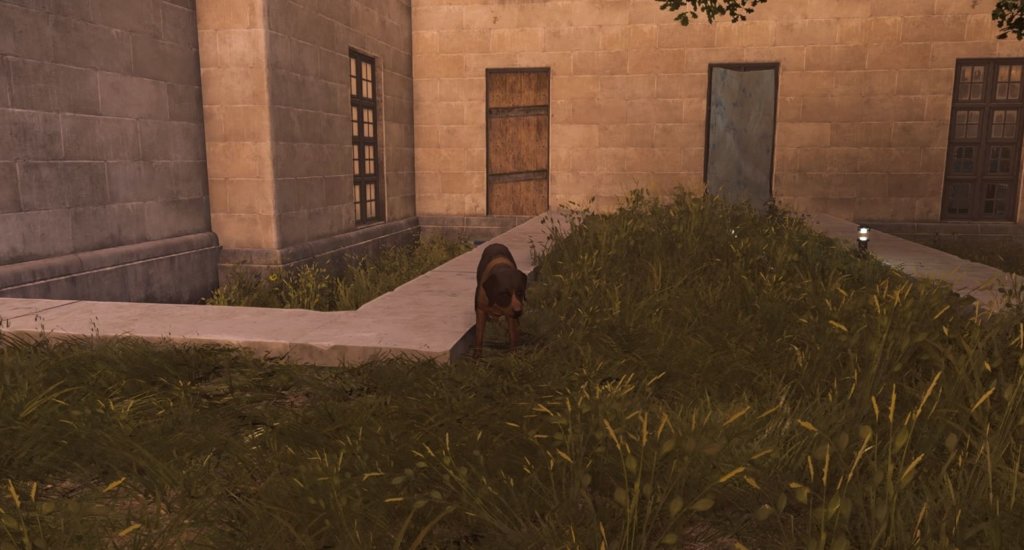
The Division 2 is a hell of a sequel. One we won’t be putting down any time soon.
There’s something about saving Washington that’s intensely addictive.
FINAL VERDICT: BUY IT
A free copy of the game was provided for the purposes of this review. Tom Clancy’s The Division 2 is available now for PC, Xbox One and PS4.

